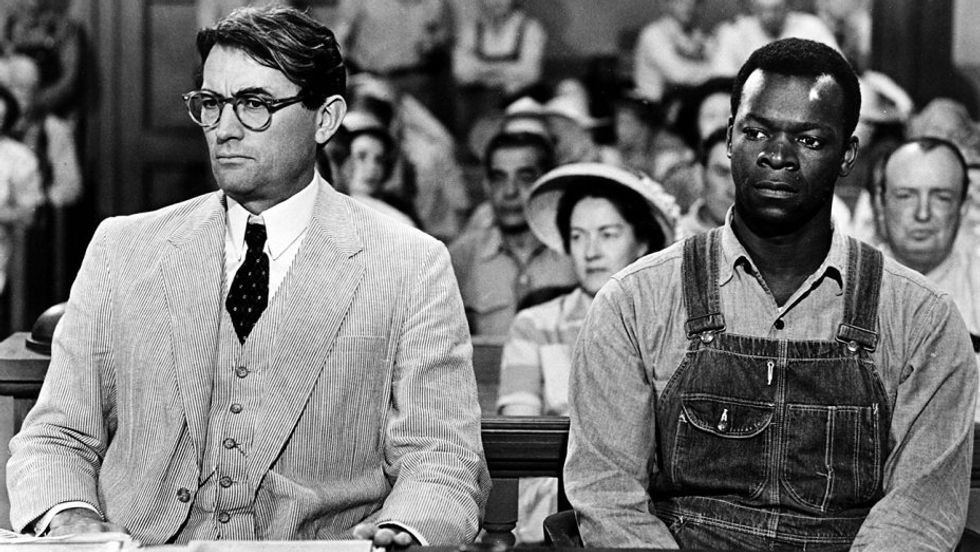Recently, I finished reading Harper Lee's To Kill a Mockingbird for the first time (I know it’s blasphemy being an English major and having never read it). This book is one of the most prevalent, elegant, and beautiful books I have ever read, (again, I’m an English major so that’s saying a lot). Harper Lee’s command of story and themes are so seamless she makes writing an instant classic look easy.
The main reason why this book spoke to me so deeply was the story in which it tells. The book is written through the eyes of “Scout”, a girl growing up in the small, fictional southern town of Maycomb, Alabama in the 1930s. The narration gives a rare perspective of seeing dense, difficult topics though the eyes of a child. Scout’s perspective gives the readers the childhood sense of innocence while looking at issues like racism, the prison system, the justice system, rape, and sexism. Given Scout’s perspective, the book is a beautiful combination of sweet and endearing mixed with dark and depressing. Because those times were depressing, with racism running through the veins of many southerners, and civil rights a distant notion, the attitudes of the characters in the book are often disgusting and appalling. They speak to the times and the ways in which African American’s were treated by white people. And when we think of those times, it seems distant and outlandish that a human being would treat someone like the way Tom Robinson was treated in the novel. But have we really come so far?
This novel brought up some startling revelations for me, when thinking about progression and the future of civil rights in American. Harper Lee wrote this book in 1960, right in the height of the Civil Rights movement. She wrote it as a reflection on her family and hometown and based it of events that occurred in her town in 1936, when she was around Scout’s age. Much like Arthur Miller’s The Crucible, Lee was speaking to social problems of her time by writing about the past. Because of the time period, it can be easy for one to remove themselves from the situation, making it easier to say that times have changed. But racism is still a prevalent problem in our country, our courts are still not as colourblind as people like to think, the prisons are still in bad shape, plus rape and sexism still directly effect many of our lives. While America has been making huge strives to end this kind of bigotry, there seems to be this unrelenting hatred the kind akin to what we read in To Kill a Mockingbird.
"There's something in our world that makes men lose their heads—they couldn't be fair if they tried. In our courts, when it's a white man's word against a black man's, the white man always wins. They're ugly, but those are the facts of life… The one place where a man ought to get a square deal is in a courtroom, be he any color of the rainbow, but people have a way of carrying their resentments right into a jury box" (Lee 38-40).
Lee invites us that we need to consider the problems that we often shy away from. Although we have come far as a nation since the 1930s, it is still important to read To Kill a Mockingbird as a reminder of where we need to improve and a reminder of where we came from, to teach us to better ourselves and change these social problems that we are still facing today.




















